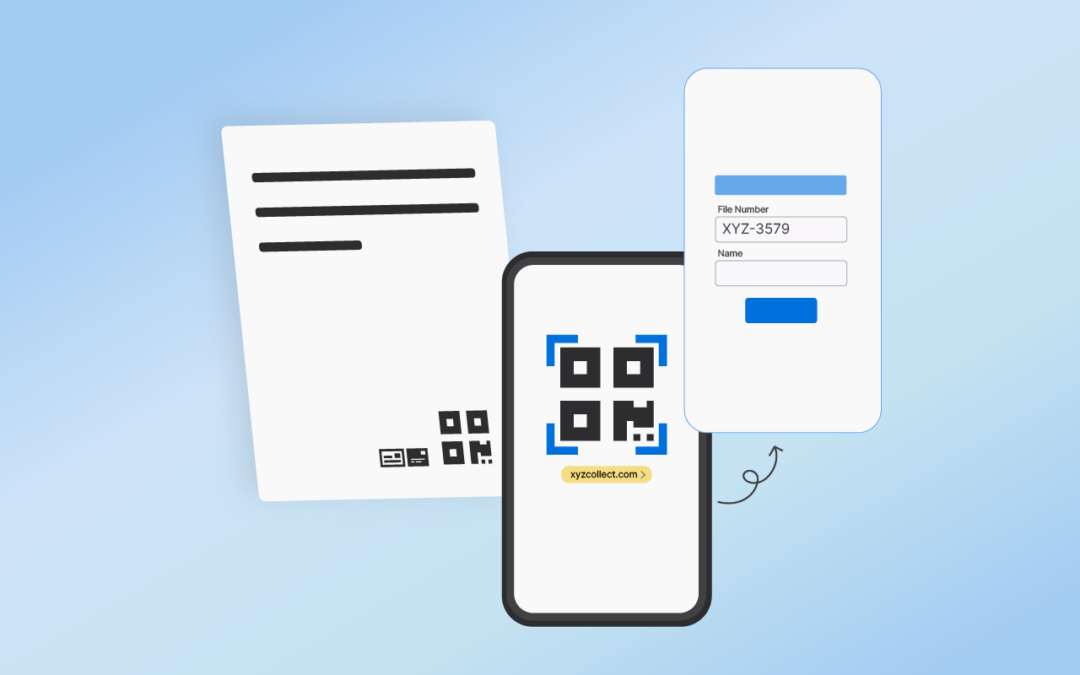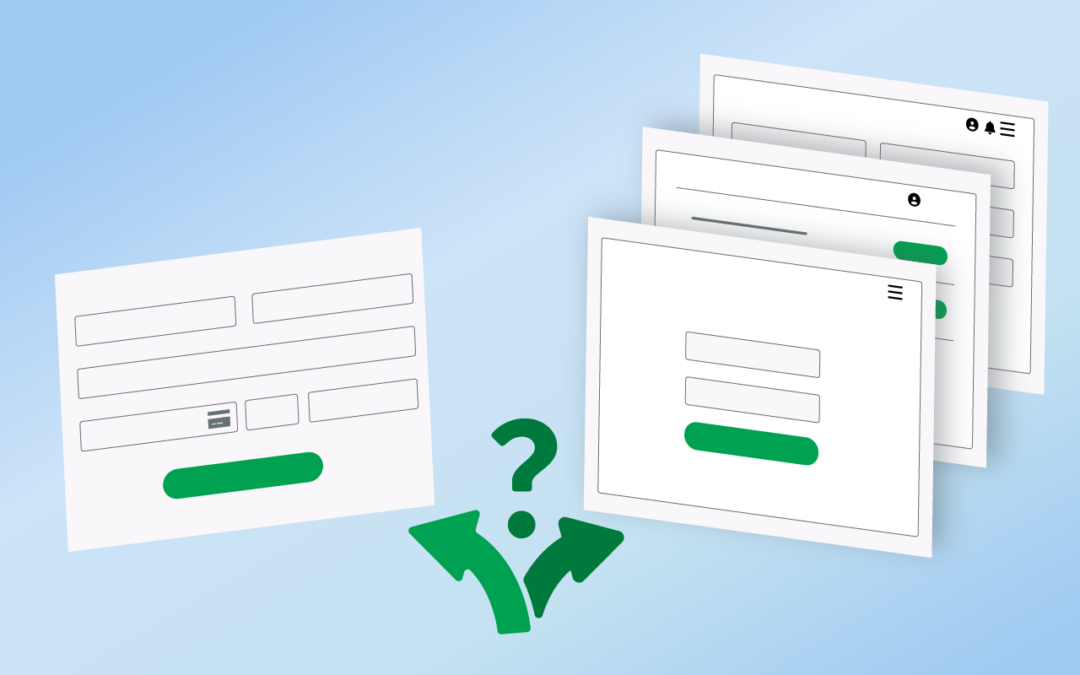The ACH Network, a cornerstone of electronic payments, continually evolves to address emerging challenges, particularly fraud.
NACHA recently introduced key changes to ACH return codes, expanding the use of R06 and R17, to better address fraud.
ODFI vs. RDFI
Before we get into the return code changes, let’s quickly overview the roles of financial institutions in ACH transactions.
- ODFI or Originating Depository Financial Institution: The financial institution that initiates ACH transactions on behalf of the originator, for instance, the business or individual sending the payment.
- RDFI or Receiving Depository Financial Institution: The financial institution that receives ACH transactions on behalf of the receiver, that is, the account holder or payee. The RDFI ensures the funds are credited or debited appropriately from the receiver’s account.
Return Code 17
One of the most notable updates is the explicit authorization for RDFIs to use Return Code R17 to return entries they suspect to be fraudulent.
Before the update, Return Code R17 was generally used for file formatting errors or other issues related to invalid or incorrect payment details, for instance invalid account number structures or duplicate entries. These uses of R17 remain intact.
Return Code 16
NACHA has expanded the permissible uses of R06 requests.
ODFIs can now request a return from RDFIs for any reason, not just limited scenarios. RDFIs can decide whether to honor these requests but must respond to the ODFI within ten banking days.
Starting April 1, 2025, RDFIs must notify ODFIs of their decision regarding a return request.
Previously, Return Code R06—”Returned per ODFI’s Request”—was used in situations where the ODFI explicitly requests the RDFI to return an ACH entry. This code was applied in special, non-routine situations often where the ODFI recognized an error after the transaction or the originator realized they had submitted a mistaken entry and requested the ODFI to help with the return.
Impact for Businesses
These return code updates aren’t like to impact your daily operations, but could impact your return handling processes.
Financial institutions may more closely review transactions for signs of fraud. This could result in more ACH entries being flagged or returned as fraudulent, even in cases of error or misunderstanding.
ODFIs can now request the return of an ACH payment from an RDFI for any reason, provided they indemnify the Businesses could see an increase in ACH returns, especially in disputed or fraudulent cases. Work with your payment processor to track and quickly respond to return requests. Resolve customer disputes promptly to avoid escalations that lead to return requests.




